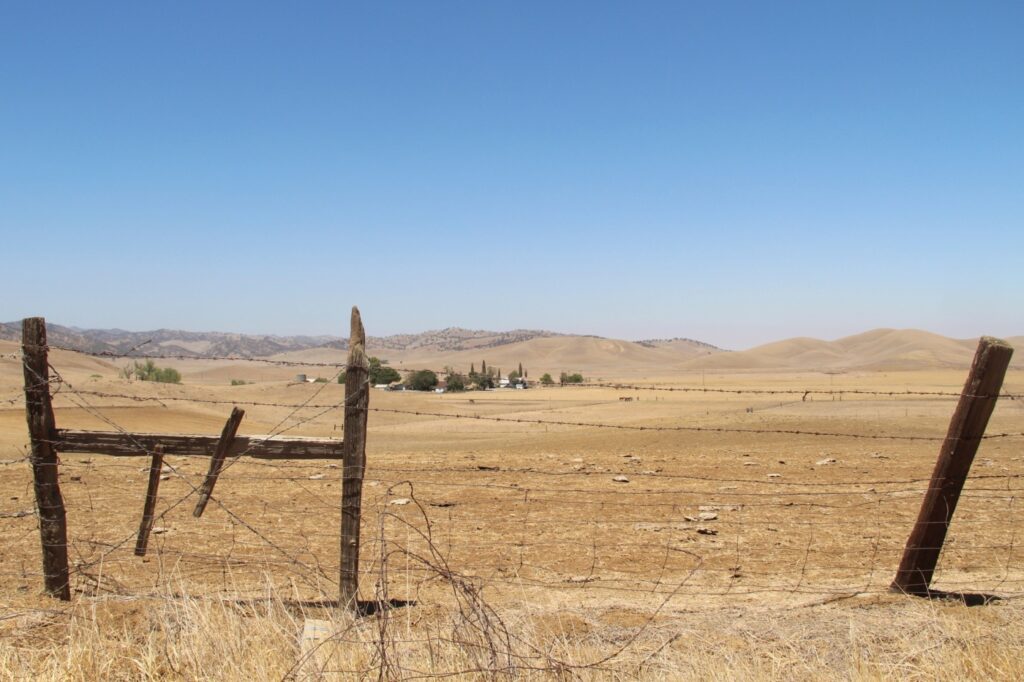
Simple logic tells us that as climate change alters precipitation patterns, California must expand its capacity to capture and store water.
Even if the overall amount of precipitation remains unchanged, we will receive more of it in the form of rain and less as snow, which means the natural reservoir of the Sierra snow pack will decline as a water source.
We can prepare for that decline by creating more storage, either in new reservoirs or by replenishing underground aquifers. However, despite the urgency of the situation — one underscored by the current drought — California politicians have been lackadaisical about doing what needs to be done.
Local and regional water authorities have been more diligent. Southern California’s recent construction of more storage capacity is one reason it is less affected by the current drought than Northern California.
Belatedly, increasing storage is moving upward on the political agenda. Last week, the federal Environmental Protection Agency invited sponsors of the Sites Reservoir project, which has been on the back burner for decades, to apply for a $2.2 billion loan that would cover roughly 40% of the project’s estimated cost.
Along with some state water bond money and commitments from prospective users of the project — Southern California water agencies, mostly — Sites is now in position to put together a financing package to make it a reality.
“We’ve definitely turned the corner and we have a nice tailwind at our back,” said Jerry Brown, executive director of the Sites Project Authority. Brown is not related to former Gov. Jerry Brown, whose Colusa County retirement home, incidentally, is not far from Sites.
It’s not going to happen immediately, despite the urgency of the situation. Just assembling the loan package and getting approval could take several years and there are other hurdles to clear. Nevertheless, the strong possibility of a federal loan is a huge step forward.
If it becomes reality, the reservoir would be constructed on the west side of the Sacramento Valley, west of Maxwell. It would have a capacity of up to 1.8 million acre-feet of water, about half the size of the state’s Lake Oroville, but unlike Oroville, would not dam a major river.
Sites would be an off-stream reservoir, similar to — and slightly smaller than — the San Luis Reservoir in the Pacheco Pass west of Los Banos. During periods of high precipitation and runoff, Sacramento River water would be pumped into Sites, then released back into the river as needed for agriculture, residential use or to maintain flows for fish.
As an off-stream reservoir, Sites escapes at least some of the traditional opposition to big water projects from environmental groups, but there is some criticism that it could be used to divert water during low precipitation periods.
Related Articles
OC case puts CEQA abuse in the spotlight
New rules add more complications to state’s legal marijuana system
A history lesson in the California Legislature
Berkeley case proves CEQA needs to be reformed
Who, or what, could salvage the CAGOP?: Letters
“It’s just a, kind of, different way of thinking about it,” project boss Brown told the Associated Press. “There’s a lot of fear and distrust and we have to operate in a way that we, you know, secure trust and address the fears.”
The good news about Sites should be kept in perspective. It’s just one of many steps that California must take to protect its vital water supply from the potential ravages of climate change.
It’s entirely possible that climate change will not only change the mix of precipitation — more rain and less snow — but reduce the overall volume of water that falls on California, thus making more storage even more crucial while forcing us to rethink the entire pattern of water use.
Nothing is more critical to California’s future.
CalMatters is a public interest journalism venture committed to explaining how California’s state Capitol works and why it matters. For more stories by Dan Walters, go to calmatters.org/commentary.
